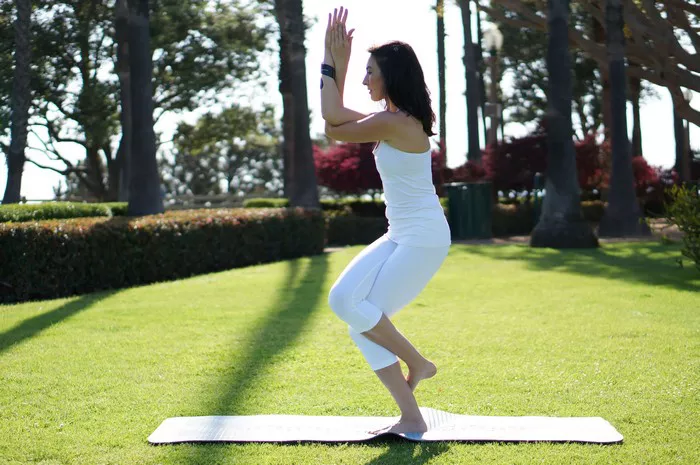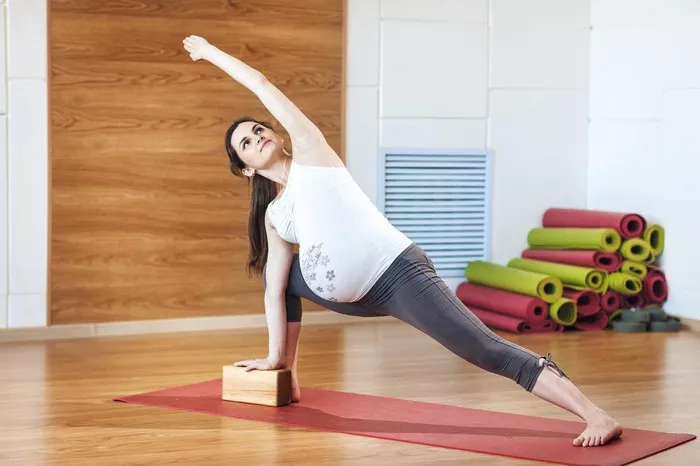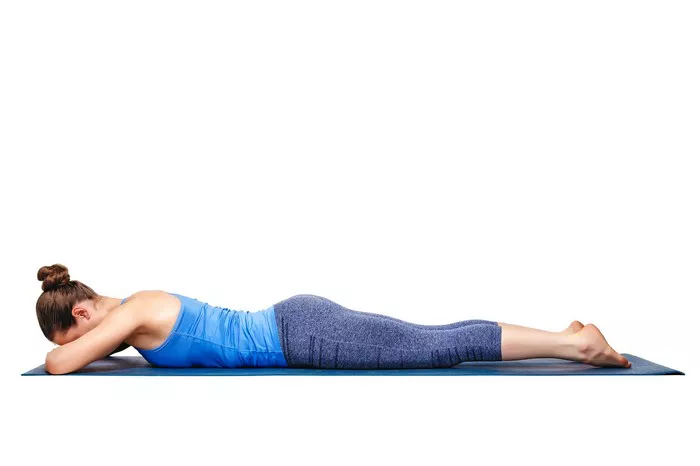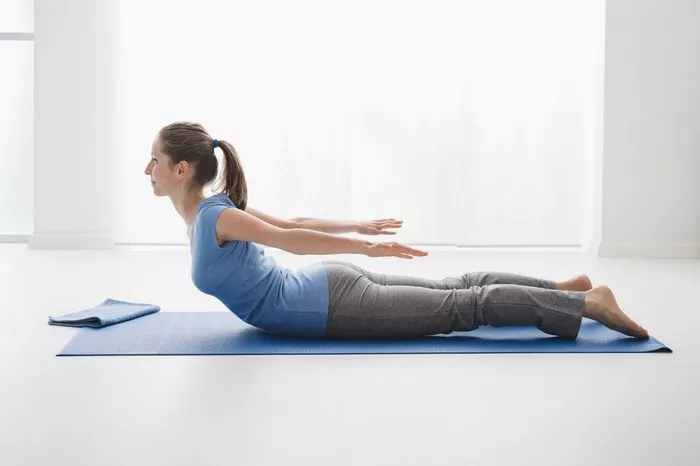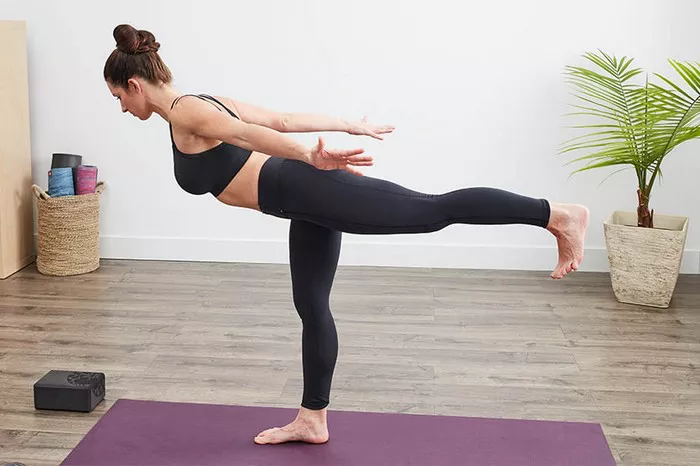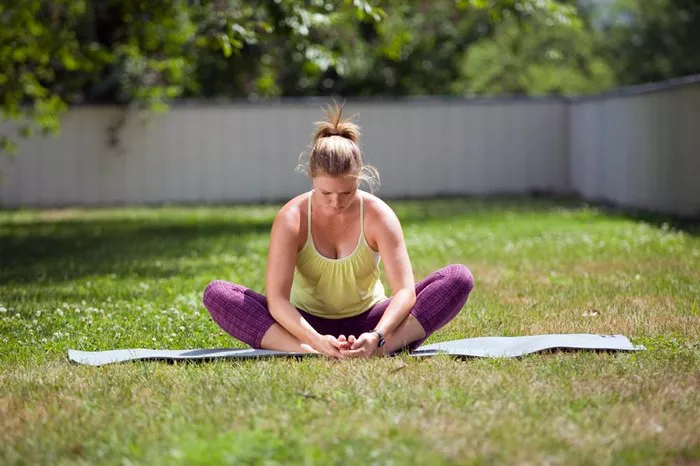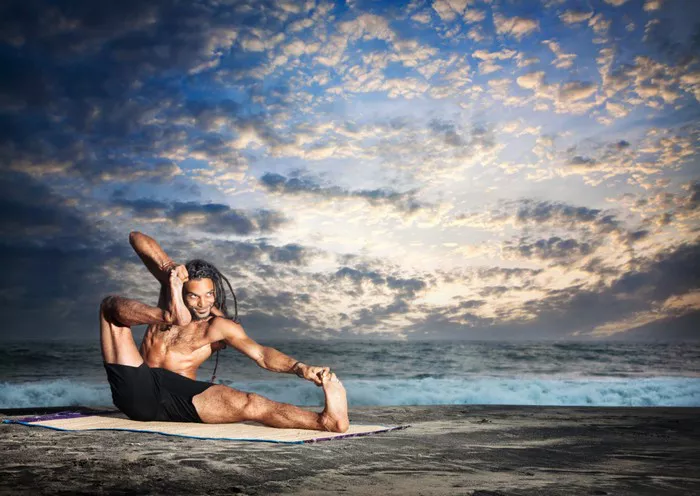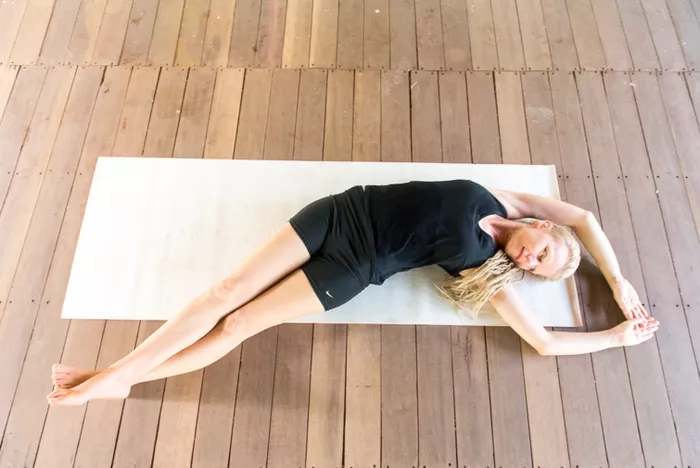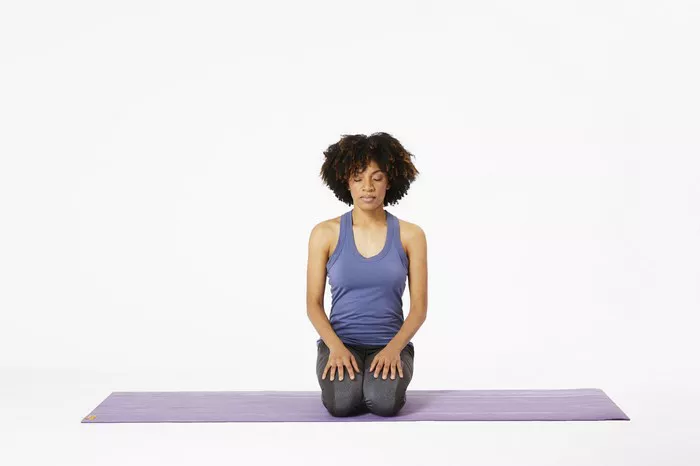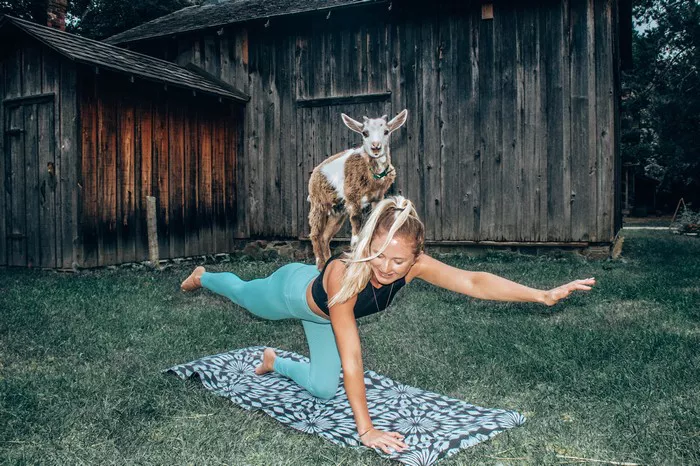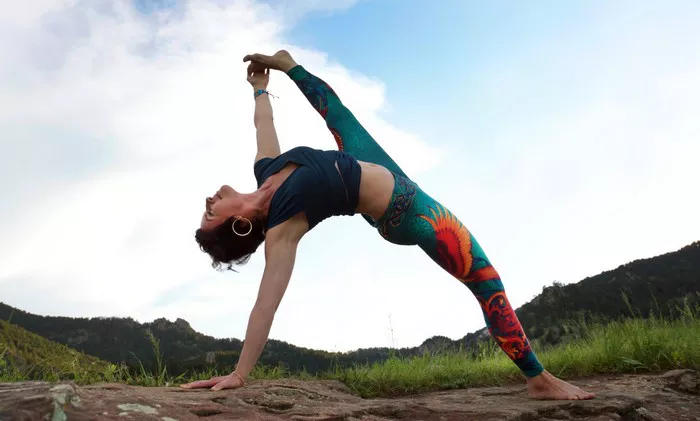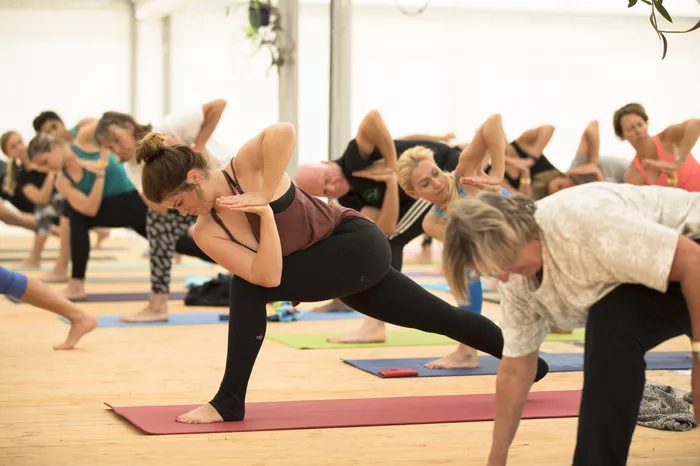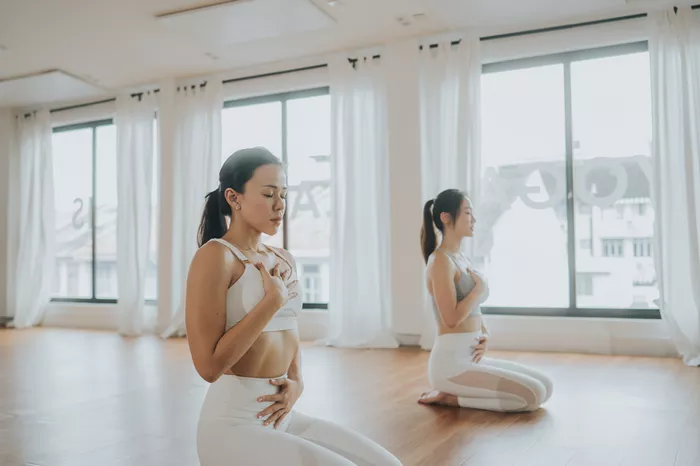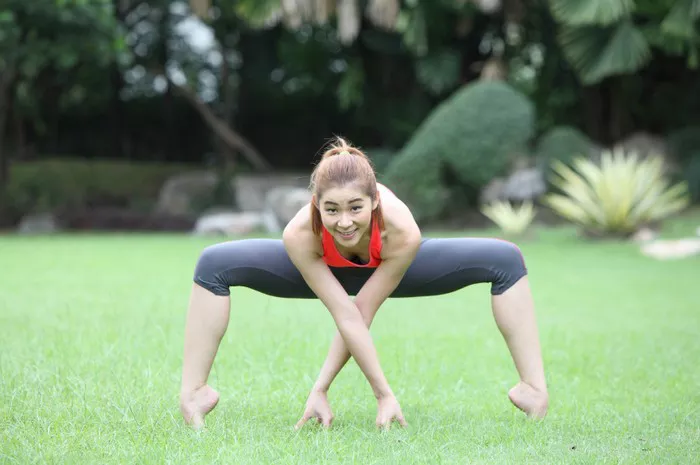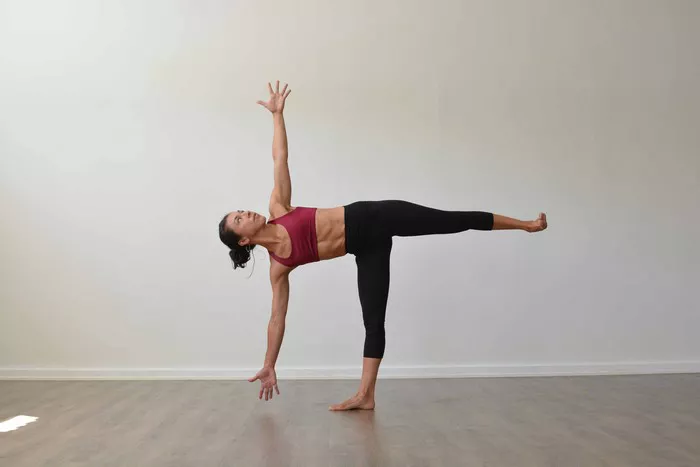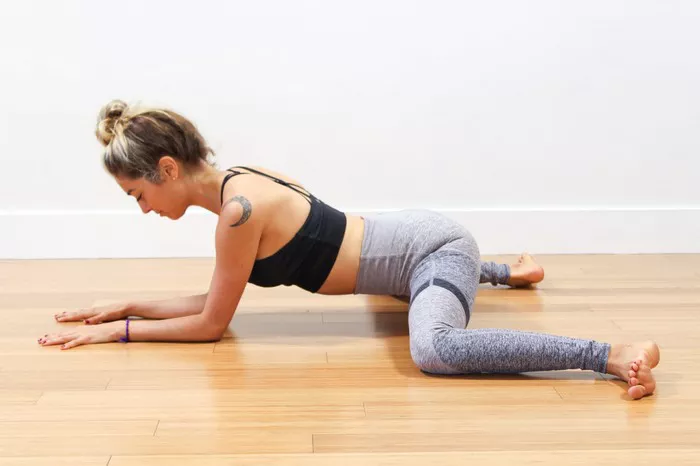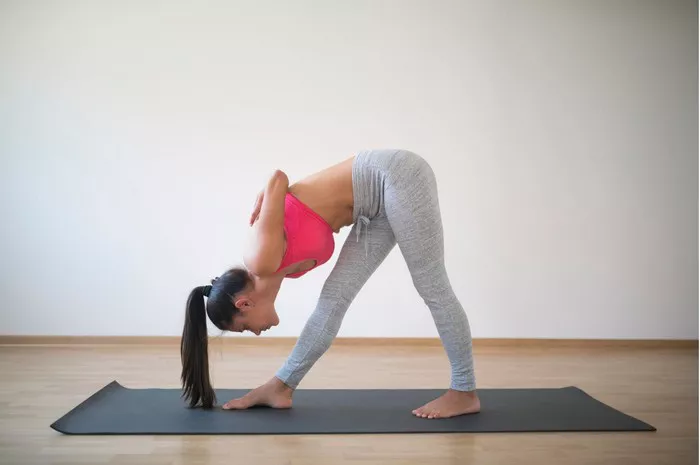Knee pain is a common concern that affects individuals of all ages. Whether caused by injury, arthritis, or general wear and tear, bad knees can significantly impact mobility and quality of life. Engaging in physical activity is essential for managing knee pain, but not all forms of exercise are suitable. Two popular low-impact options are Yoga and Pilates. Both are often recommended for people with joint issues, but which is truly better for bad knees? This article delves into the characteristics, benefits, and limitations of both practices to help you make an informed choice.
What Is Yoga?
Yoga is an ancient practice that originated in India over 5,000 years ago. It combines physical postures (asanas), breathing techniques (pranayama), and meditation to promote holistic well-being. There are various types of yoga, including Hatha, Vinyasa, and Restorative, each with differing levels of intensity and focus.
Benefits of Yoga for Knee Pain:
- Flexibility: Yoga gently stretches muscles, which can relieve tightness around the knees.
- Strengthening: Certain poses build strength in the muscles surrounding the knee, providing better joint support.
- Balance and Stability: Improved balance helps prevent falls and reduces the strain placed on the knees.
- Mindfulness: Meditation and breathing exercises reduce stress, which can amplify the perception of pain.
Yoga is highly adaptable and can be modified to accommodate various fitness levels and physical limitations. Props such as blocks, straps, and bolsters can make poses more accessible for those with bad knees.
What Is Pilates?
Pilates is a form of exercise developed by Joseph Pilates in the early 20th century. It focuses on core strength, stability, posture, and controlled movements. While it shares similarities with yoga, Pilates is more anatomically focused and less spiritual.
Benefits of Pilates for Knee Pain:
- Muscle Conditioning: Strengthens key muscle groups, including the quadriceps and hamstrings, which support the knee joint.
- Joint Alignment: Emphasizes proper alignment, reducing undue stress on the knees.
- Low Impact: Exercises are generally performed in a controlled manner, minimizing the risk of injury.
- Rehabilitation Focus: Frequently used in physical therapy, Pilates can be tailored to aid in recovery from knee injuries.
Many Pilates routines are performed on a mat or using specialized equipment like the Reformer, which provides resistance and support. This controlled environment makes Pilates a good option for individuals recovering from or managing chronic knee conditions.
Comparing Yoga and Pilates: Key Differences
When deciding between Yoga and Pilates for bad knees, it’s important to consider how each method targets the issue.
Purpose and Philosophy:
- Yoga: Emphasizes mind-body connection, spiritual growth, and holistic health.
- Pilates: Focuses on physical rehabilitation, strength, and alignment.
Types of Movement:
- Yoga: Involves holding poses for extended periods and flowing sequences.
- Pilates: Centers on repetitive, controlled movements aimed at building core strength.
Equipment Use:
- Yoga: Primarily uses mats and simple props.
- Pilates: Incorporates specialized machines like the Reformer for targeted support.
Adaptability for Bad Knees:
- Yoga: Easily modified with props; some poses may aggravate the knees if not adjusted.
- Pilates: Highly customizable; emphasis on form reduces risk of misalignment.
When Yoga Is Better for Bad Knees
Yoga can be particularly beneficial for those who experience stiffness and need to improve flexibility. Gentle styles such as Restorative or Yin Yoga emphasize slow, supportive poses that are easy on the joints. Additionally, the meditative aspects of yoga can help manage chronic pain by reducing stress and promoting relaxation.
Best Yoga Poses for Bad Knees:
- Bridge Pose (Setu Bandhasana): Strengthens glutes and hamstrings without straining the knees.
- Legs-Up-The-Wall Pose (Viparita Karani): Promotes circulation and reduces swelling in the knees.
- Chair Pose (Utkatasana): Builds strength in the lower body when modified.
- Warrior II (Virabhadrasana II): Enhances stability, but should be approached with caution.
Practicing yoga under the guidance of a qualified instructor ensures that poses are performed correctly and safely. Using props can help modify postures to prevent any unnecessary pressure on the knees.
When Pilates Is Better for Bad Knees
Pilates is particularly effective for individuals recovering from surgery or dealing with alignment issues that contribute to knee pain. The focus on controlled movements and precise form allows for a structured rehabilitation approach.
Best Pilates Exercises for Bad Knees:
- Leg Circles: Mobilize the hip joint while stabilizing the pelvis.
- Shoulder Bridge: Engages the glutes and hamstrings, similar to the yoga bridge pose.
- Clamshells: Strengthen the outer thighs and glute medius, offering lateral knee support.
- Footwork on the Reformer: Provides resistance training without compressing the knee joint.
Pilates instructors often have backgrounds in physical therapy or kinesiology, making them well-equipped to create customized programs for individuals with knee issues. Equipment-based Pilates offers additional support, making it a safer choice for severe cases.
Precautions to Consider
Regardless of whether you choose Yoga or Pilates, certain precautions should be taken to ensure safety and effectiveness:
- Consult a Medical Professional: Always talk to your doctor or physical therapist before starting a new exercise routine.
- Avoid High-Impact Movements: Steer clear of jumping or deep lunges that may stress the knee joint.
- Use Proper Form: Incorrect alignment can worsen knee pain.
- Listen to Your Body: Stop any movement that causes discomfort or pain.
- Work with Certified Instructors: Choose professionals experienced in working with injuries or limitations.
Integrating Yoga and Pilates for Optimal Knee Health
For some individuals, a combination of both Yoga and Pilates may offer the best results. Yoga’s focus on flexibility and mindfulness can complement Pilates’ emphasis on strength and alignment. Alternating between the two practices can provide a well-rounded approach to knee health.
Sample Weekly Routine:
- Monday: Gentle Yoga (focus on flexibility and breath)
- Wednesday: Mat Pilates (core strengthening and alignment)
- Friday: Restorative Yoga (relaxation and gentle stretches)
- Sunday: Equipment Pilates (if available, for targeted support)
This balanced approach can improve joint function, reduce pain, and enhance overall physical well-being.
Conclusion
Both Yoga and Pilates offer unique advantages for individuals dealing with bad knees. Yoga excels in improving flexibility, balance, and mental well-being, while Pilates shines in strength training, alignment, and rehabilitation. The best choice depends on your specific needs, preferences, and the severity of your knee condition. In many cases, combining elements of both can yield the most comprehensive benefits. Always consult healthcare providers and work with certified instructors to develop a safe and effective exercise regimen.
FAQs
1. Can I do Yoga or Pilates if I have arthritis in my knees?
Yes, both Yoga and Pilates can be beneficial for managing arthritis. Gentle Yoga can help with flexibility and reducing stiffness, while Pilates strengthens muscles around the joint to improve support. Always consult a healthcare provider before beginning any new exercise routine.
2. Which is more effective for post-surgery knee rehabilitation?
Pilates is generally more effective for post-surgery rehabilitation due to its focus on controlled movements, alignment, and muscle strengthening. Equipment-based Pilates can be particularly supportive during recovery.
3. Are there any types of Yoga to avoid with bad knees?
Avoid high-intensity or fast-paced styles like Power Yoga or Ashtanga Yoga unless modified. These styles can involve deep bends and fast transitions that may strain the knees.
4. Do I need special equipment for Pilates?
While mat Pilates requires minimal equipment, certain exercises benefit from tools like resistance bands or the Reformer machine. These can enhance support and provide variable resistance.
5. How soon can I expect to see improvements in knee pain?
Consistency is key. Many people begin to notice improvements within a few weeks of regular practice. However, results vary based on the severity of the condition and individual response to exercise.
6. Is one-on-one instruction necessary for beginners with bad knees?
Personal instruction is highly recommended initially to ensure proper form and to receive modifications tailored to your condition. Once comfortable, you may transition to group classes or home routines with proper guidance.
Related Topics:

